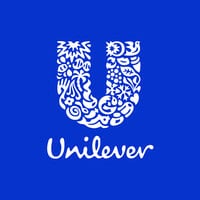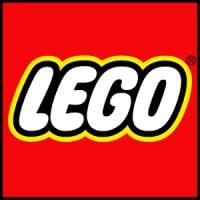
Unilever
Be part of the world’s most successful, purpose-led business. Work with brands that are well-loved around the world, that improve the lives of our consumers and the communities around us. We promote innovation, big and small, to make our business win and grow; and we believe in business as a force for good. Unleash your curiosity, challenge ideas and disrupt processes; use your energy to make this happen. Our brilliant business leaders and colleagues provide mentorship and inspiration, so you can be at your best. Our portfolio ranges from nutritionally balanced foods to indulgent ice creams, affordable soaps, luxurious shampoos and everyday household care products. We produce world-leading brands including Lipton, Knorr, Dove, Axe, Hellmann’s and Omo, alongside trusted local names and innovative-forward thinking brands like Ben & Jerry’s, The Dollar Shave Club and Dermalogica. Every individual here can bring their purpose to life through their work. Join us and you’ll be surrounded by inspiring leaders and supportive peers. Among them, you’ll channel your purpose, bring fresh ideas to the table, and simply be you. As you work to make a real impact on the business and the world, we’ll work to help you become a better you.






